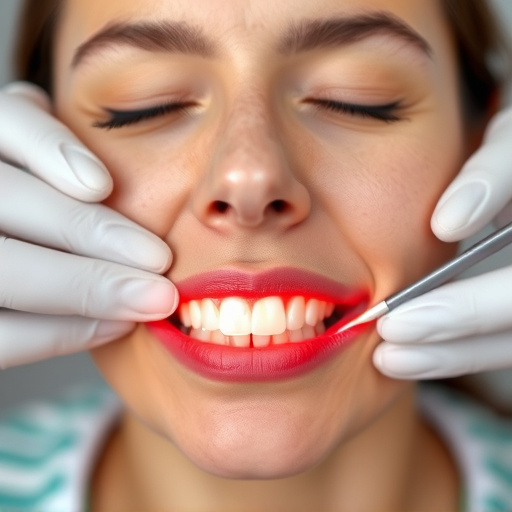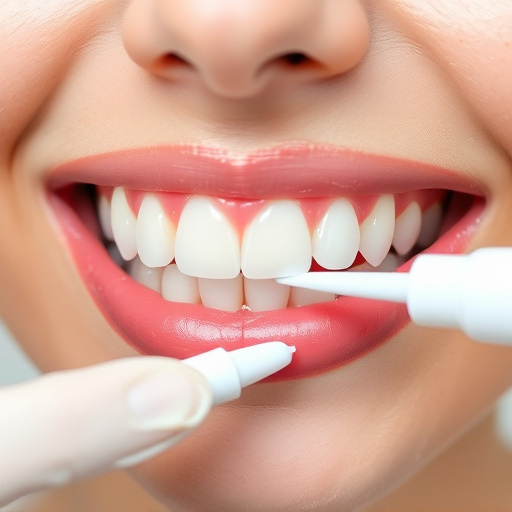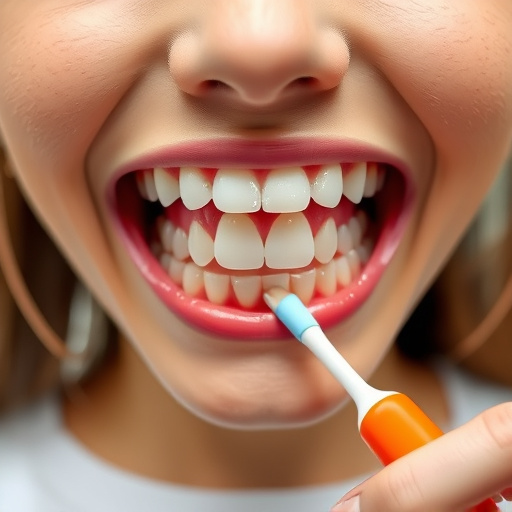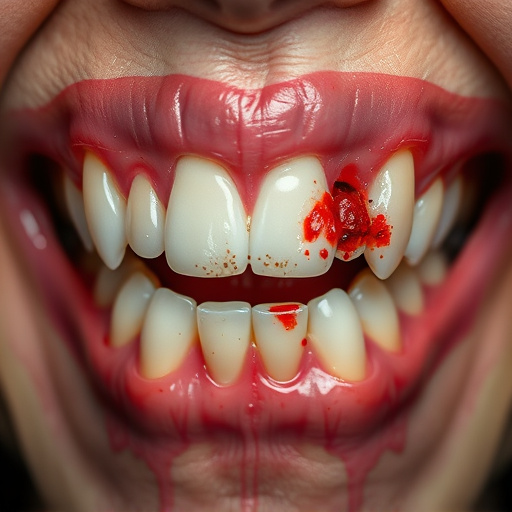Dental crowns and bridges are restorative solutions for missing teeth, with crowns providing custom caps for damaged but intact teeth and bridges connecting artificial teeth to real or implant-supported ones. Both offer aesthetic and functional improvements, with materials like ceramic and metal ensuring durability and visual harmony. Dental implants, using titanium posts integrated into the jawbone, provide a permanent, stable alternative to traditional dentures or bridges. Combining crowns/bridges with implants offers superior stability, longevity, and functionality, promoting efficient chewing, preserving facial structure, and enhancing oral health, ideal for long-term solutions to tooth loss or damage.
Dental crowns and bridges, supported by implants, offer advanced solutions for restoring oral health and function. This comprehensive guide delves into the world of restorative dentistry, exploring how dental implants act as a strong foundation for both crowns and bridges. By integrating these components, dentists can create durable, natural-looking solutions for missing teeth, enhancing chewing capabilities and overall oral well-being. Understanding these procedures is key to achieving optimal oral health and aesthetics.
- Understanding Dental Crowns and Bridges
- The Role of Dental Implants in Restorative Dentistry
- Integrating Crowns, Bridges, and Implants for Optimal Oral Health
Understanding Dental Crowns and Bridges
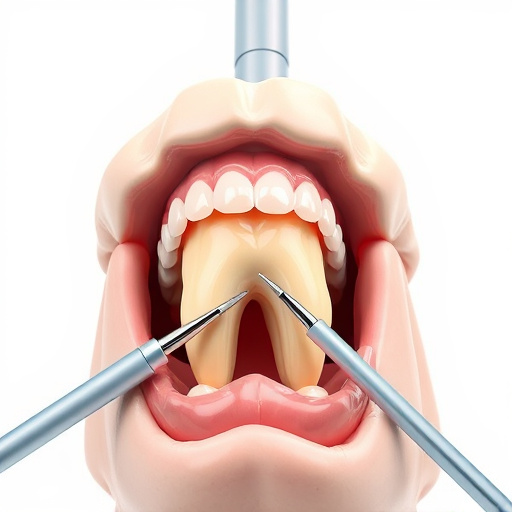
Dental crowns and bridges are essential components in restorative dentistry, designed to replace missing teeth and restore oral functionality. A dental crown is a custom-made cap that fits over a tooth or implant, providing strength and improving its appearance. It’s used when a tooth is damaged but still has some structure left, aiming to mimic the natural tooth’s shape and size while enhancing its durability. On the other hand, a bridge replaces one or more missing teeth by connecting adjacent artificial teeth (called pontics) to real teeth or implants, effectively bridging the gap.
Both dental crowns and bridges offer solutions for various oral issues, from improving aesthetics to restoring bite alignment. They are typically recommended after routine oral exams and as part of preventive dentistry practices. While crowns can be made of different materials like ceramic, porcelain, or metal, bridges often involve a combination of these materials to ensure longevity and aesthetic harmony with surrounding teeth. Unlike dental bonding, which is used for smaller repairs, crowns and bridges provide more substantial solutions for restoring missing teeth.
The Role of Dental Implants in Restorative Dentistry
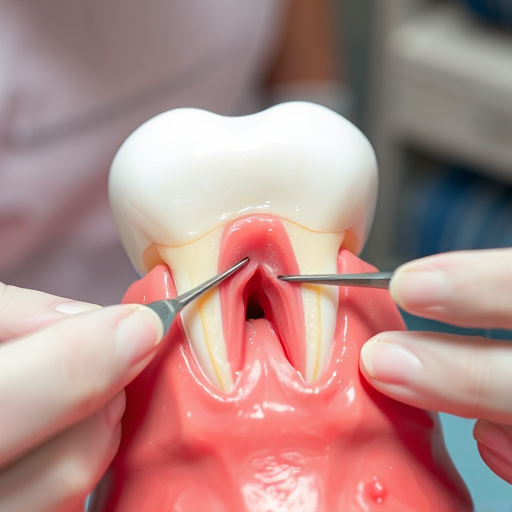
Dental implants have emerged as a groundbreaking solution in restorative dentistry, offering a permanent and aesthetically pleasing alternative to traditional dentures or bridges. These tiny titanium posts are surgically placed into the jawbone, mimicking the structure and function of natural teeth roots. One of their key roles is to support dental crowns and bridges, providing a strong foundation for long-lasting restorations.
In restorative dentistry, dental implants can be particularly beneficial when dealing with missing or severely damaged teeth. By integrating with the bone, they offer a stable platform for dental bonding, ensuring that the final restoration looks, feels, and functions like a natural tooth. This advanced technology has revolutionized the field, allowing patients to regain their smile, confidence, and ability to chew comfortably and efficiently.
Integrating Crowns, Bridges, and Implants for Optimal Oral Health
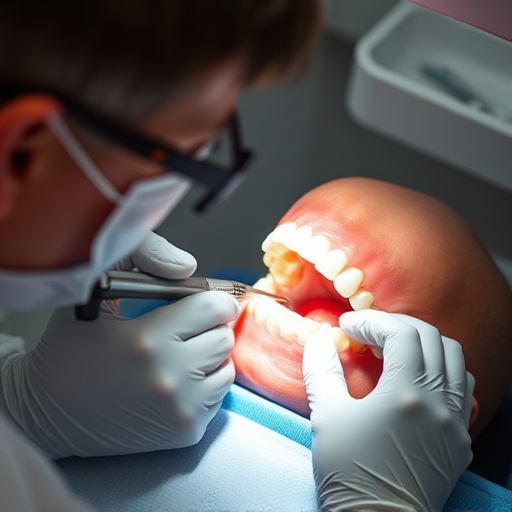
Integrating dental crowns and bridges with implants offers a comprehensive solution for optimal oral health and aesthetic restoration. This advanced approach ensures stability and longevity, especially in cases where traditional crowns or bridges might struggle. By fusing an implant with a custom-made crown or bridge, we create a seamless fit that mimics natural teeth both functionally and aesthetically.
This integration is particularly beneficial for patients seeking long-term solutions to tooth loss or damage. It promotes better chewing efficiency, preserves facial structure, and enhances overall oral health. Moreover, routine oral exams can reveal potential issues early on, ensuring timely intervention and maintaining the integrity of these integrated restorations.
Dental crowns and bridges, integrated with implants, offer a robust solution for restoring oral health and functionality. By combining these advanced techniques, dentists can create durable, natural-looking replacements for missing teeth, enhancing both aesthetics and chewing efficiency. This comprehensive approach ensures optimal oral health, supporting patients’ confidence and overall well-being.









